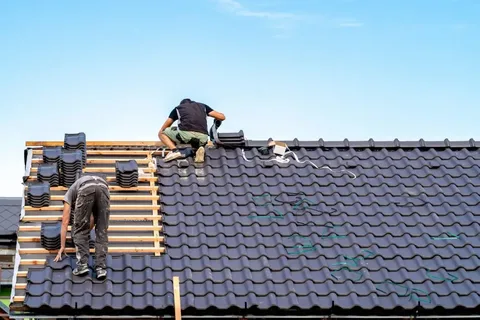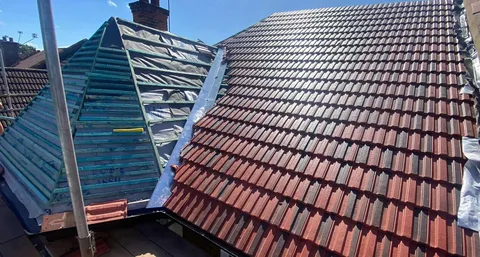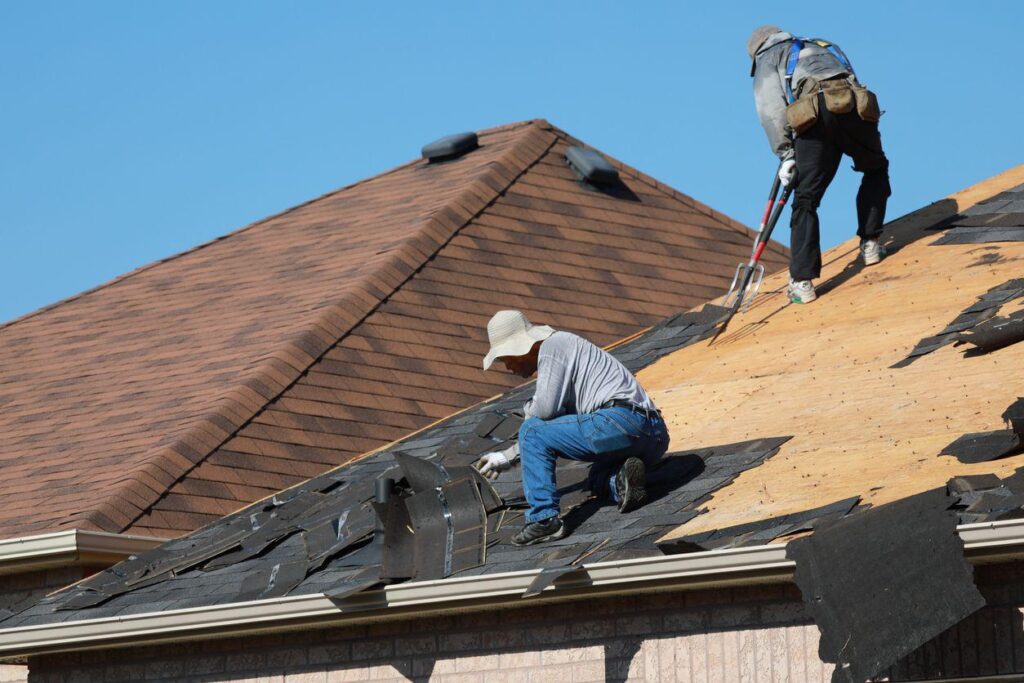Introduction
The roof is the initial shield of your house to withstand the weather, but like any other roof, which may be as functional as possible, leaks may also occur over time. Roof leaks may end up becoming a nightmare because of the ugly stains on ceilings and walls, as well as concealed structural damage, which may grow very fast when unaddressed. Early detection and resolution of what is likely to cause roof leaks can save you time, money, and headaches in the long run. Through this guide, we will show you how to identify the symptoms of a leak, where it may be localized, and implement the relevant solutions to ensure that your home is not dangerous and dry.
Drip, Drip, Done: Finding and Fixing Roof Leaks Like a Pro
It is important that every homeowner knows how to find out and fix roof leaks. Early identification and proper remedies are useful to protect the building structure, prevent the expensive damages of water, to provide a secure and comfortable living condition during all seasons.
Here is your pro guide on how to find the roof leaks and what the best possible solutions are for you:
- Stains are visible on the ceilings or walls of the water.
One of the most common signs that a roof leak shows is the presence of stains on ceilings or walls. If the stain swells when it gets wet, then it is recommended to make a hole in it to allow the water to flow out into a bucket that will prevent a bigger collapse.
- Fix the stains: To find a leak, look for damp insulation or water runways in the attic and follow the path with a flashlight. After you are on the interior roof deck, you can push a nail through the roof to see where it is wet.
- Damaged or missing shingles
Strong winds or shabby weather may crack, roll, or totally take away shingles, leaving the underlayment to water exposure. They can be easily seen by use of the binoculars on the ground, but thorough examination is also very important to identify whether the cracks or blisters are small or not.
- How to repair damaged shingles: To replace a damaged shingle, use a pry bar to lift the damaged row, remove nails, and insert a new shingle. Apply roofing cement and work under more cement for bare nail heads.
- Improper flashing about vents, pipes, and chimneys
Flashing is the metal that is used to make a water-tight cover around protrusions in your roof. With time, rust, faulty installation, or even general wear and tear may lead to the flashing lifting or cracking, leaving the water to creep under it and into your house.
- How to repair flashings: To seal small gaps or rust holes, use a lot of roofing cement or sealant. In loose or larger parts, take off the old flashing with great care, wipe the space, and nail and stick on new flashing with roofing cement and nails.
- Clogged gutters and downspouts
Where the gutters are filled with leaves and other debris, they cannot drain the water away. This may make the water stagnate and accumulate at the roof side in case of heavy rain and push its way under the shingles or behind the siding. This may give leaks and rotting of the fascia and exterior walls.
- Fix Clogged Gutters: It is important to clear your gutters and downspouts regularly in order to ensure they are draining well. In the case of sagging gutters, reattach or replace the brackets so that they are well sloped to the downspout.
- Nails that got lost in the wrong places
The small holes through your underlayment may be due to nails that were incorrectly placed or have subsequently backed out. While they might be small, they can easily create holes and allow water into your attic, leading to damage that may not be apparent for months.
- Fix the lost nails: In case you can get to your attic, search for nail holes where the sunlight falls on a sunny day. One of the simplest ways of a quick fix is to refit the nail and press it down. However, a more lasting solution is to place a scrap of metal flashing or roofing tape between the shingle and the hole. Apply a drop of roofing cement so as to make the area completely sealed.
Conclusion
It is important to deal with the roof leaks as soon as possible to avoid minor water problems and prevent them into costly repairs. You can also prevent damage to your home by taking proactive measures, by identifying some of these causes, such as stains, broken shingles, broken flashing, blocked gutters, and misplaced nails. Regular checks and repairs can be used to assist in the preservation of your roof’s integrity and ensure that your house is safe and dry in years to come.
FAQs
Can I fix a roof leak myself?
Small leaks and minor repairs can often be handled by homeowners.
When should I call a professional roofer?
Call a professional if damage is widespread or if you are unsure about repairs.
How often should I inspect my roof?
Inspect your roof at least twice a year and after severe storms.



